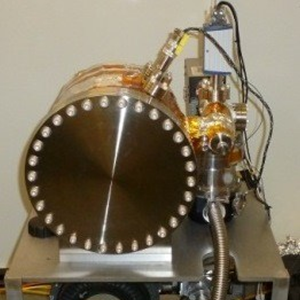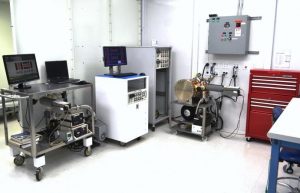Benefits of Residual Gas Analysis
Residual Gas Analysis (RGA) is used to analyze and document gasses in a vacuum environment. Residual Gas Analyzers have been used in vacuum applications for over 25 years.
Outgassing of materials can negatively affect the assembly and performance of electronic components. RGA is an extremely effective way to monitor a vacuum system for contamination, outgassing and leaks. It also allows for the thorough analysis of gas species inside the vacuum system.
Parts of A Residual Gas Analyzer
An RGA contains an ion source, a mass analyzer and a detector. The ion source converts gas samples into ions. The mass analyzer then sorts the ions by their masses. Next, the detector measures the rate of flow of the charged particles. This process is extremely useful for the detection and quantification of contamination inside a vacuum system.
How A Vacuum System Works
A vacuum pump is used to remove air and other gasses from the vacuum chamber. This creates a low-pressure environment to conduct experiments or test mechanical devices that will be used in outer space. Vacuum chambers have multiple ports to allow for the installation of windows or instruments. These ports are covered with vacuum flanges.
A vacuum system effectively removes microscopic contaminants that might interfere with a process or equipment. A number of applications are commonly applied in a vacuum environment.
RGA As A Production Tool
When used as a production tool, an RGA can effectively increase productivity, throughput and product yield, while reducing costs. RGA is commonly used in research laboratories and manufacturing facilities all over the world.
An RGA is often used to locate contaminants in semiconductor processing systems, search for gasses desorbing off the walls of vacuum chambers and to check for possible leaks in vacuum furnaces.
Improving The Reliability of Electronics
The reliability of electronics is important for a number of industries including medical, aerospace and defense. It’s extremely important that electronic components operate for long periods of time. Unfortunately, these components often fail before they should. The best way to address this issue is with stringent quality control during the manufacturing process.



